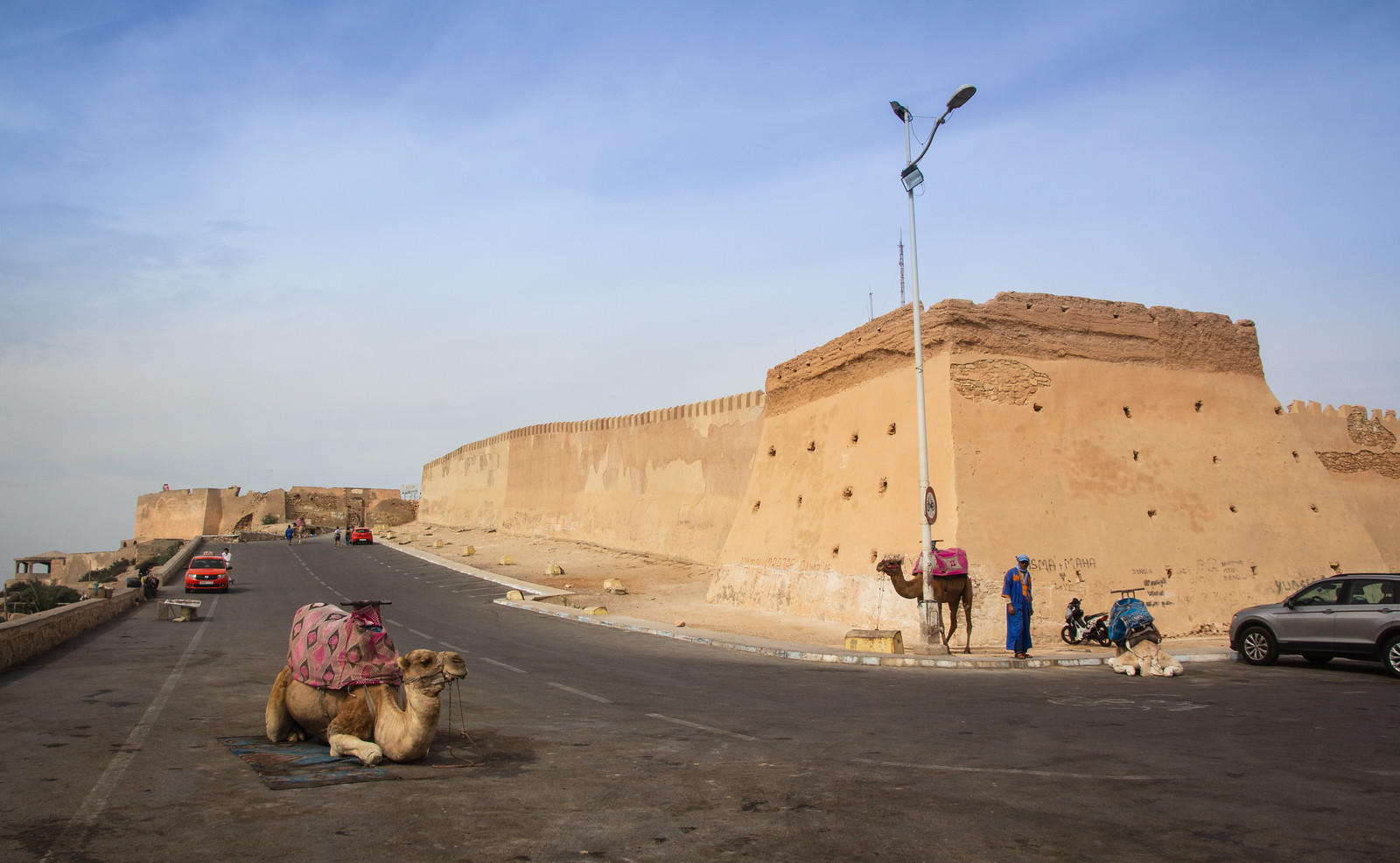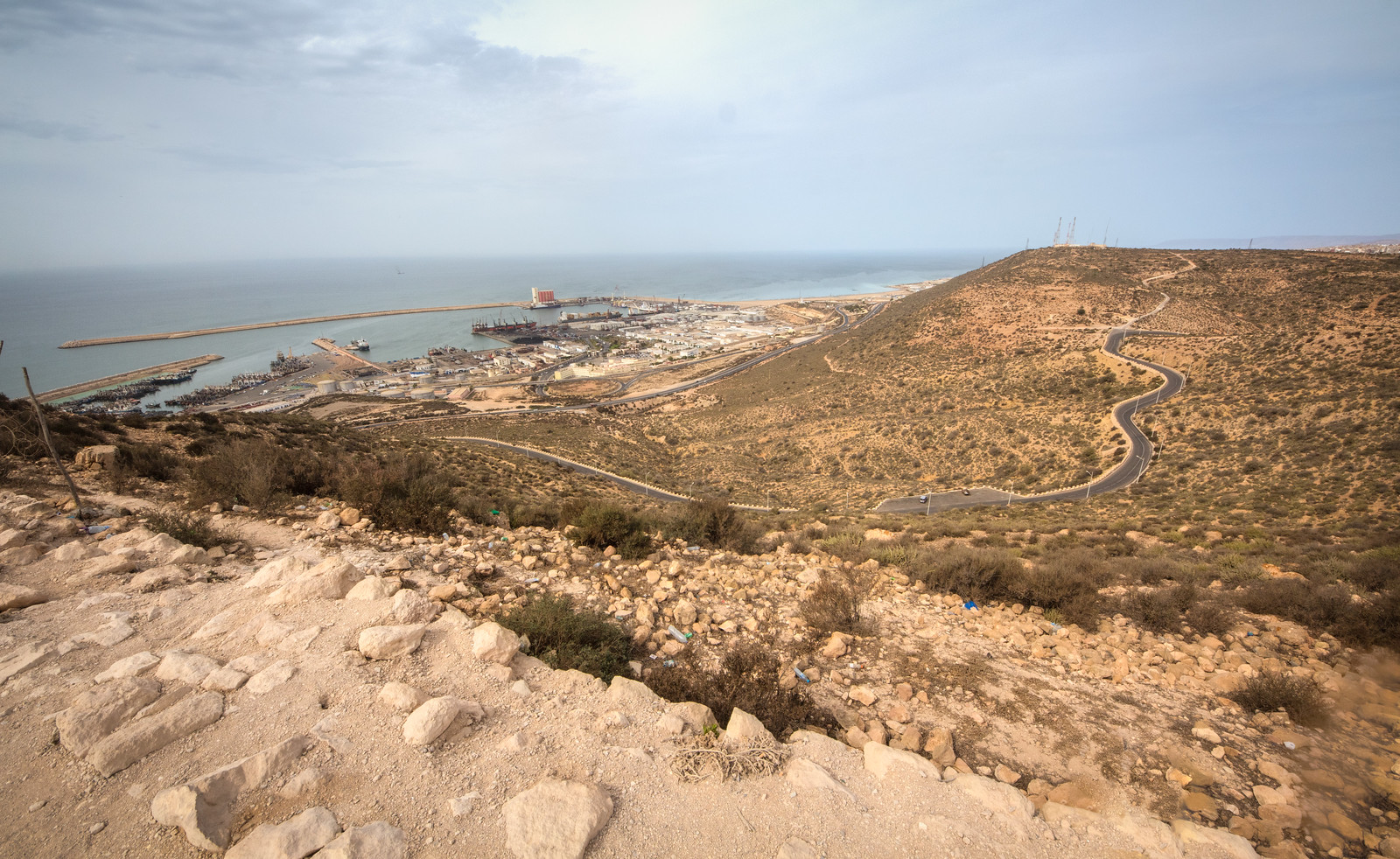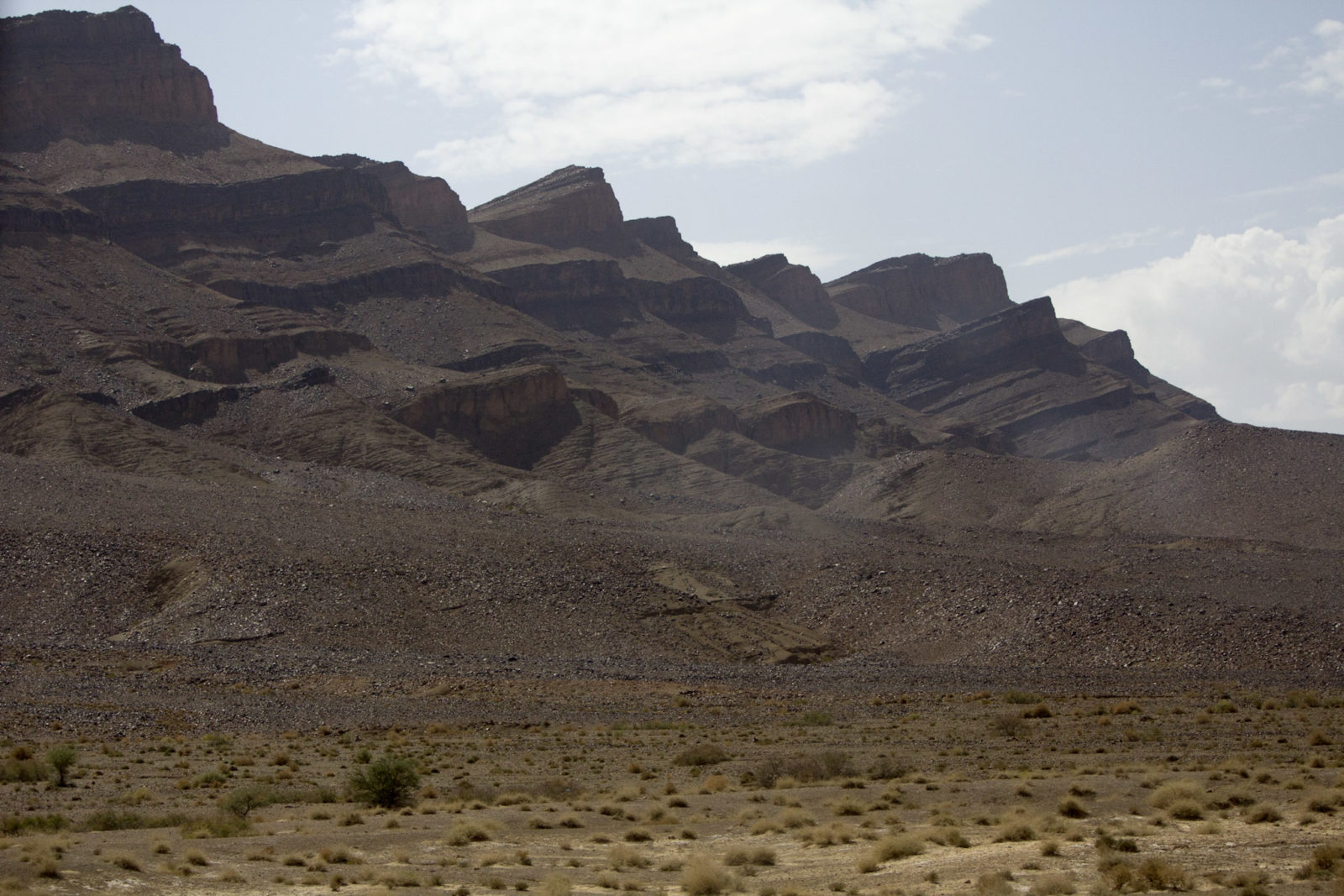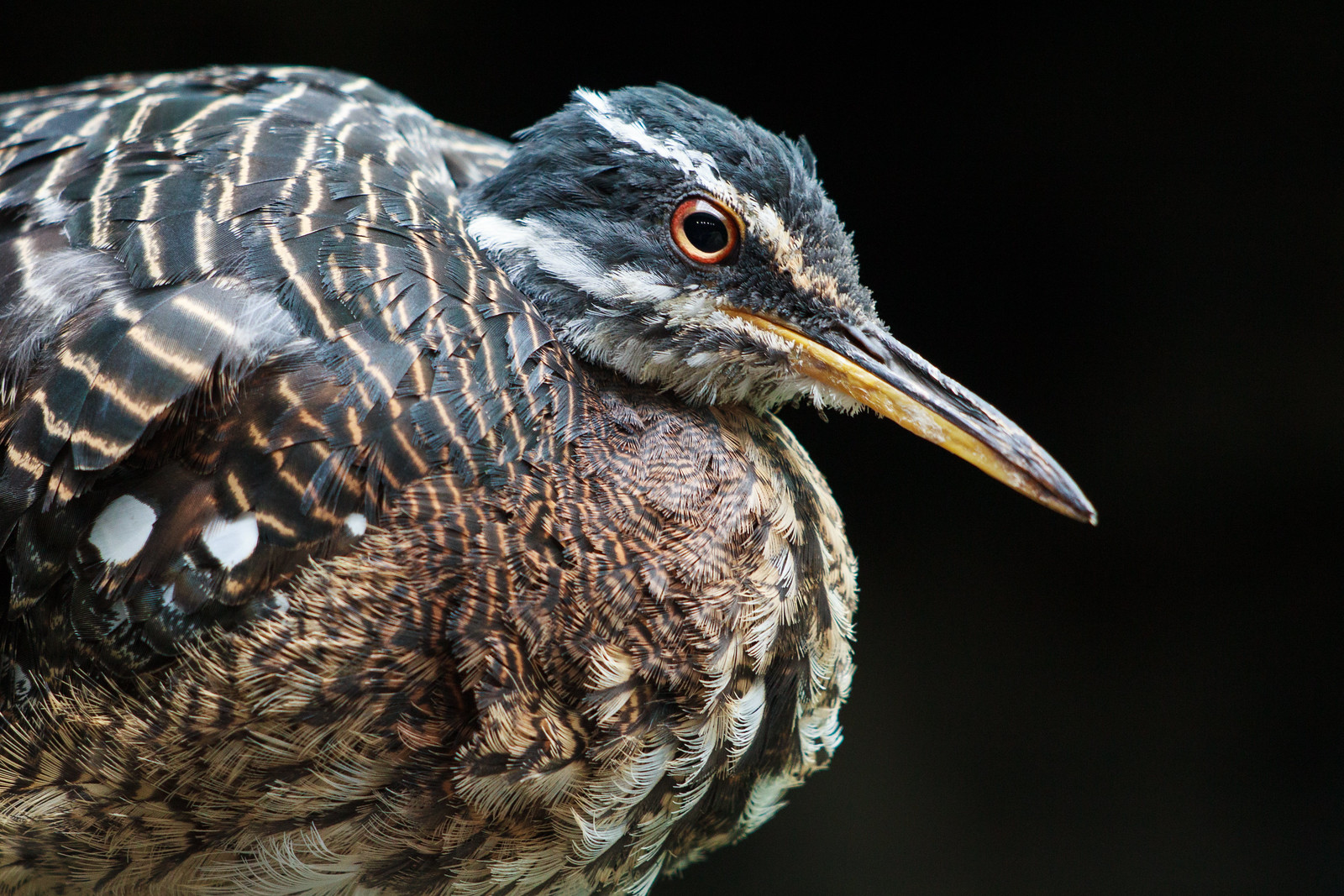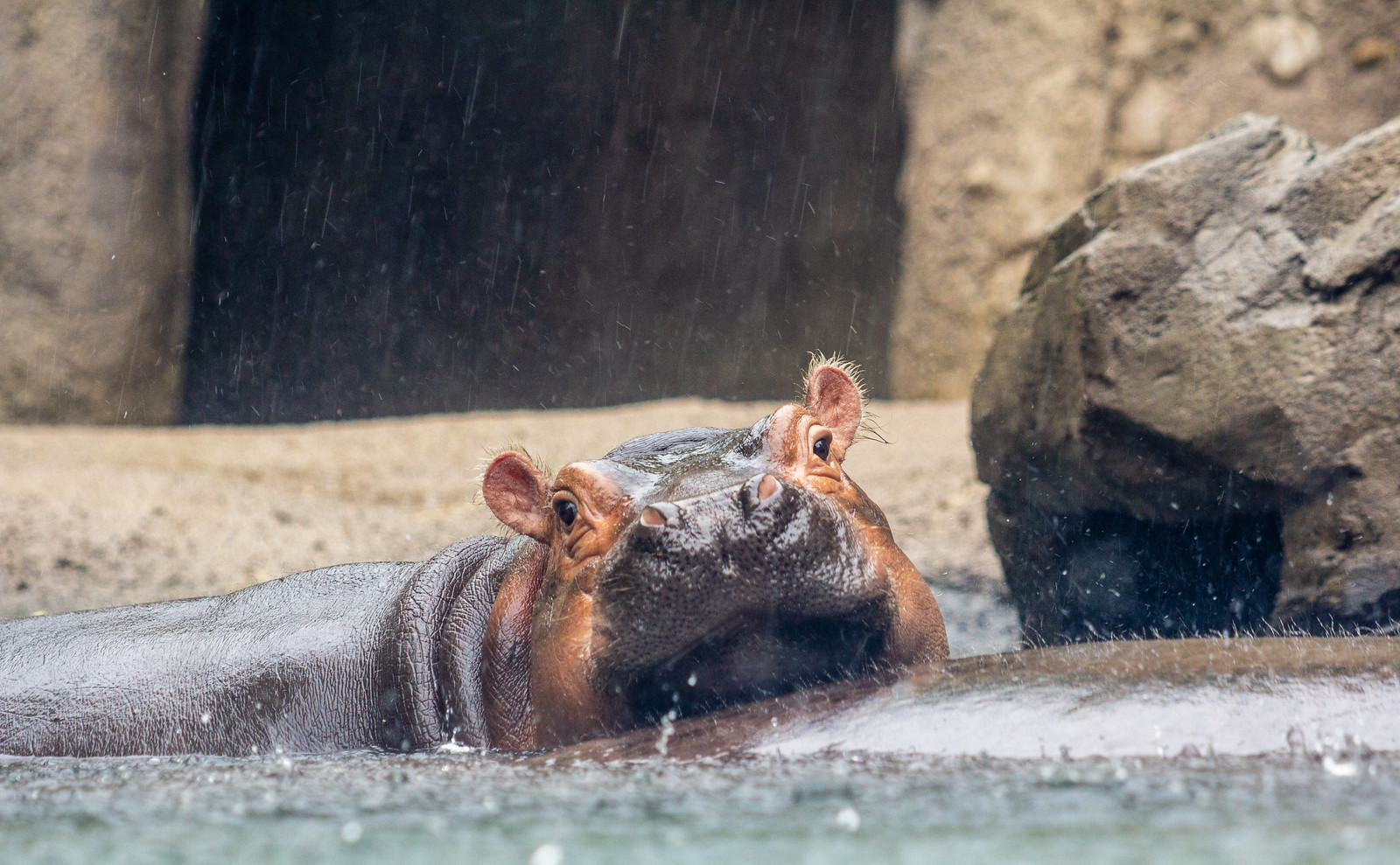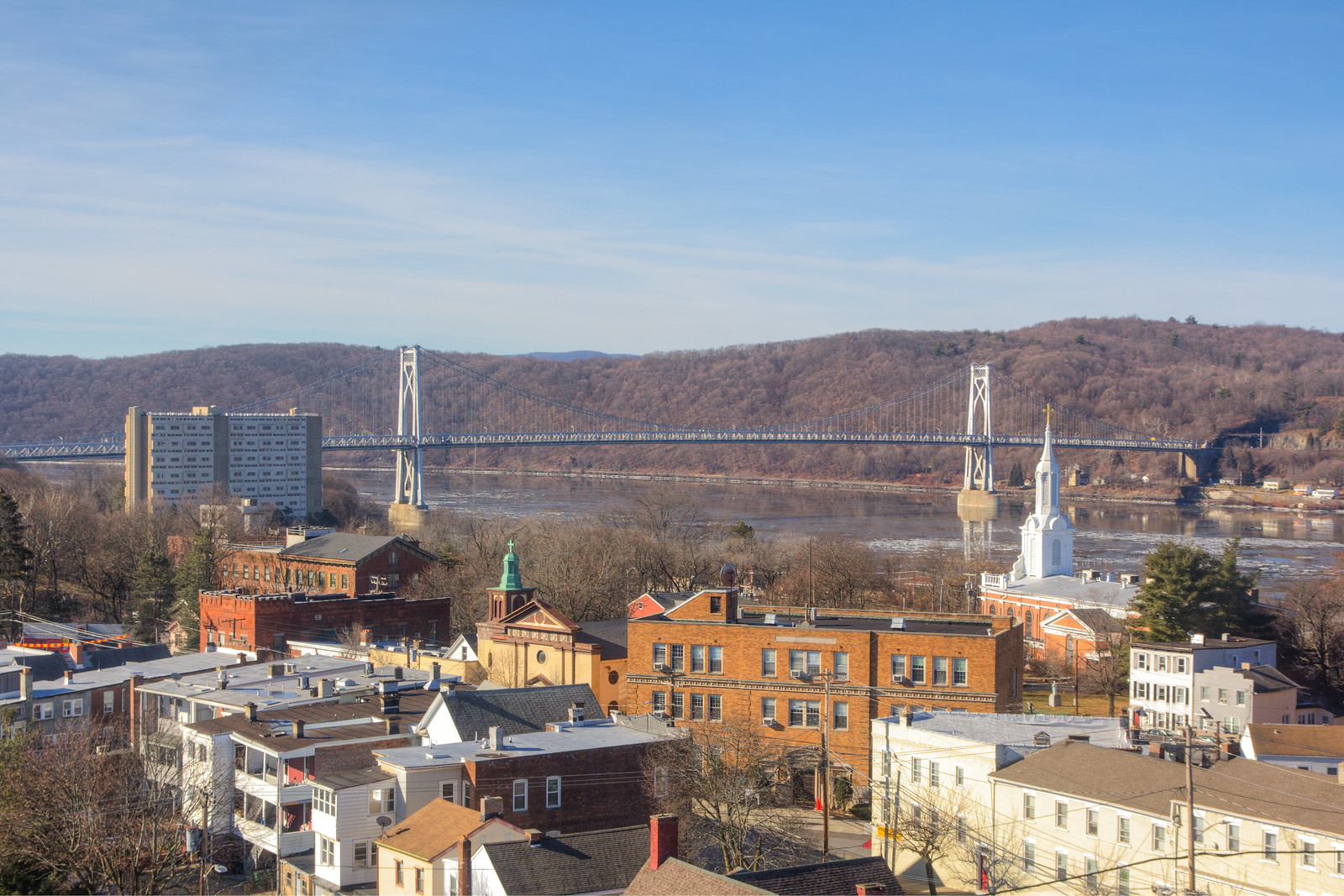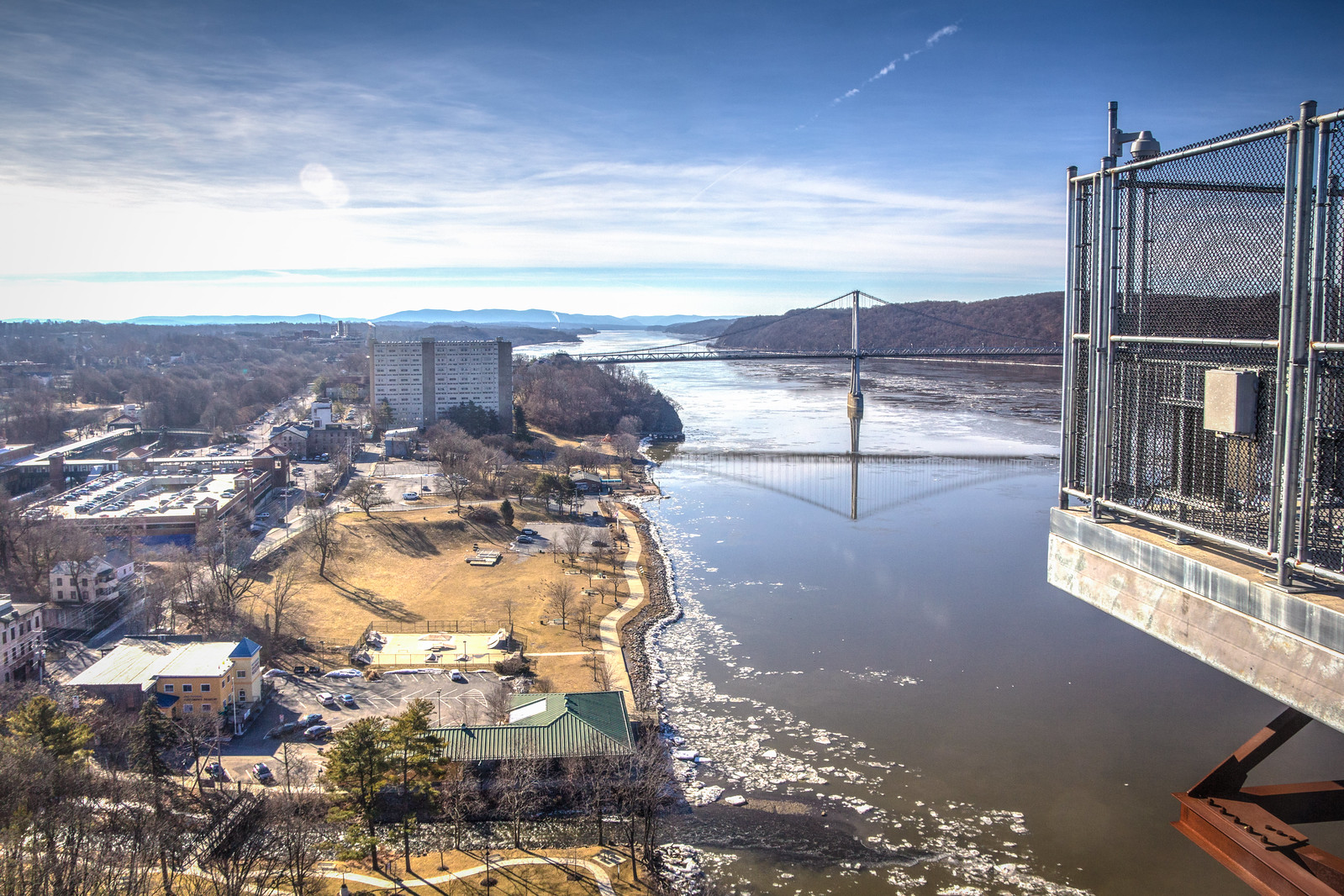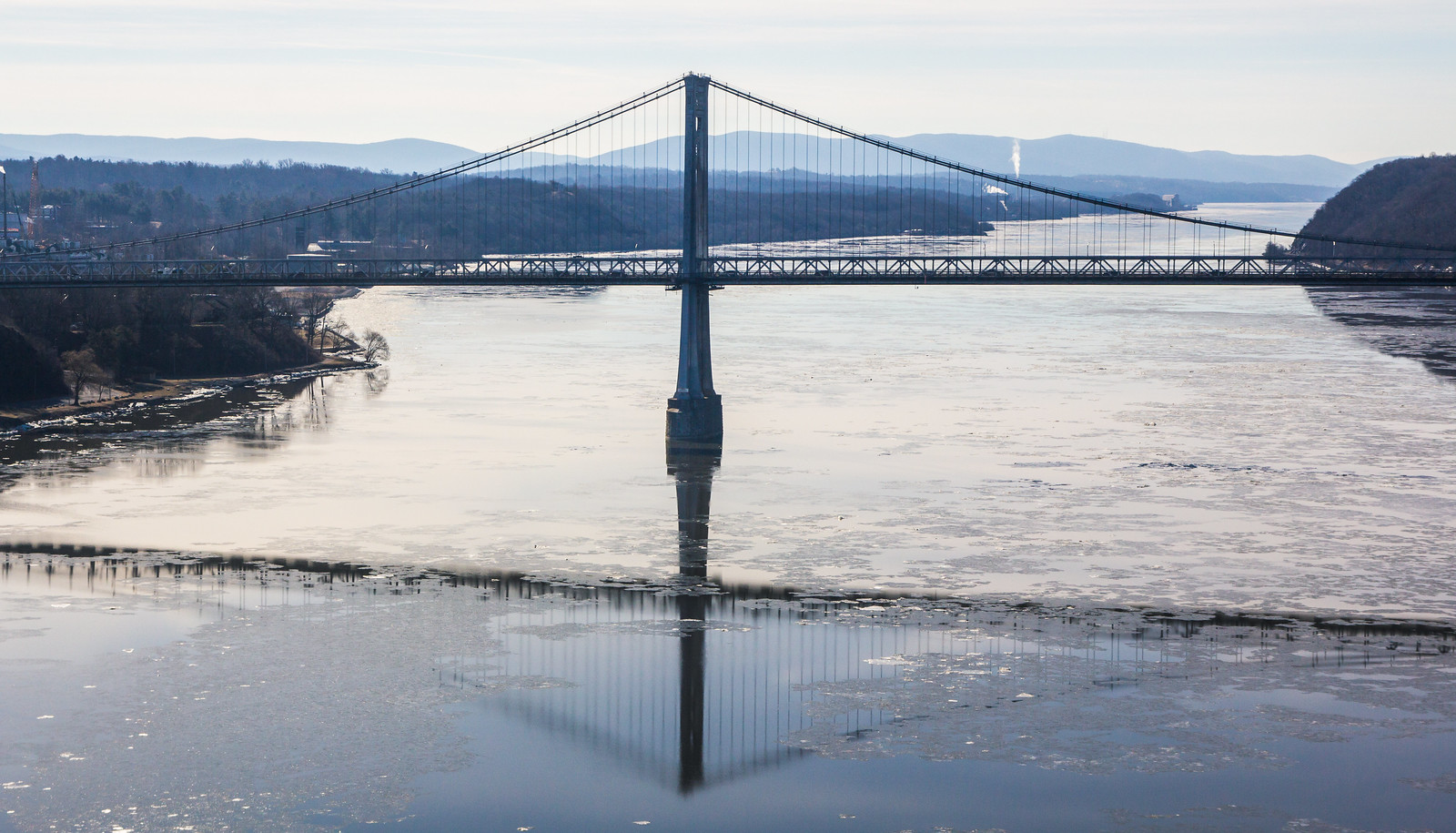In west-central Morocco, where the Souss River meets the sea and discharges the dust of desert and mountains into the blue Atlantic, sits the port of Agadir.
Its roots are ancient, its earliest origins lost to time. The Romans traded and fished in the area, known to them as Portus Risadir. The Berbers were here before them, and they’re still here.
Agadir is a Berber name. It means “walled enclosure, citadel”. It’s an equally ancient word, possibly borrowed from Punic, the language of the ancient Semites that sailed from Lebanon and wrestled Rome for control of the Mediterranean.
And yet, most of the Agadir you see is very young. In the 20th century, the sleepy old fishing village, home to Berbers and Romans and Portuguese and Arabs, grew into a major city, only to be completely obliterated.
On February 29, 1960, the third day of Ramadan, an earthquake shook the town to its foundations. The tremor wasn’t particularly strong, at 5.8 on the moment-magnitude scale, but Agadir was unprepared.
Morocco is not prone to tremors and earthquake-resistant construction was barely a consideration. The city was full of flimsy brick and rammed-earth structures, and when the quake hit, they toppled or simply disintegrated.
In minutes, three-quarters of the city was destroyed. The medieval Kasbah, perched on a hill at the north end of town, crumbled and slid down the slope. As many as 15,000 people died, and 35,000 more were left homeless as fires raged through the rubble.
WIthin hours, King Mohammed V broadcast a call for help and flew in to supervise the relief. French soldiers and American sailors came in to assist the Moroccans, but rescue efforts were slowed by oppressive heat and the near-complete scale of the destruction.
Corpses baked in the sun, spreading disease, and victims refused medical treatment, not wanting to break their Ramadan fast. In the end, large areas of the city were simply bulldozed under. In the photo below, the area left of the highway is a part of town that has been abandoned since the earthquake.

Agadir has recovered since 1960. The city is bigger now than ever, and it’s a major tourist center. People come from all over Morocco and Europe to enjoy the warm weather and stroll the wide beach, complete with theme park and marina shopping district. It goes without saying that reinforced construction is now required, and Agadir withstood quakes in 2014 and 2017 with minimal damage.
You can see the ruined Kasbah from anywhere in town. There’s not much left, just a crumbling foundation and part of the old wall. I was almost the only visitor. Agadir has moved on and most folks seemed more interested in shopping at Zara and having an ice cream on the beach than reminiscing about antique destruction. Looking down at the sea of stones that were once a mosque and an entire district of homes, I thought about how quickly the most permanent of things can change.
